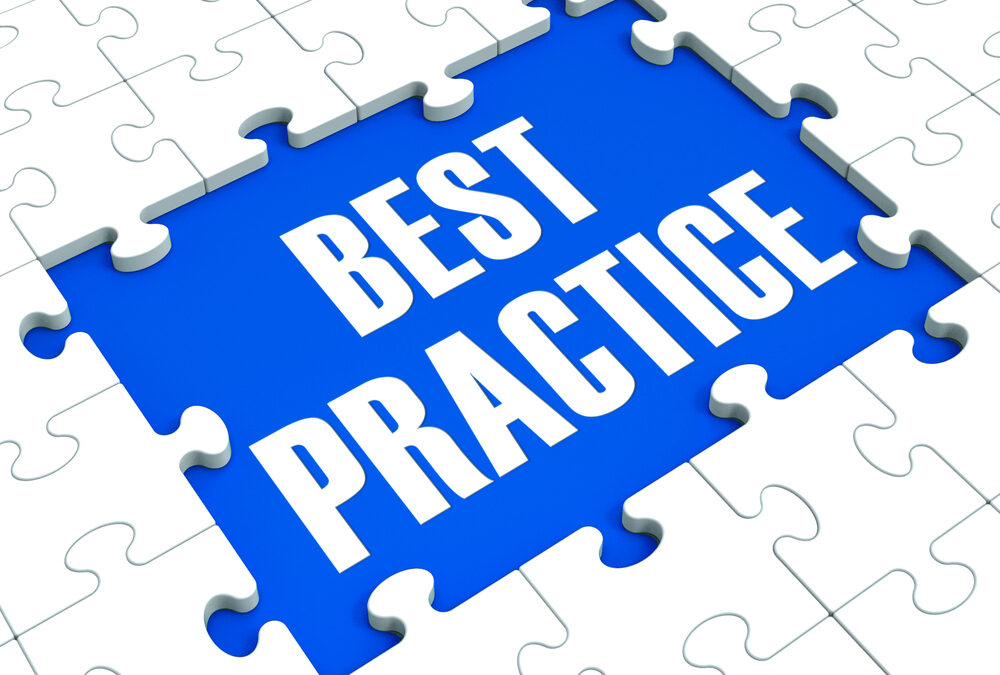As is the case with many of us in the Business Architecture forums, my career is firmly rooted in computer science and information technology. The first few years of my professional life found me devising algorithms, designing databases and writing code for various organizations around the Washington, D.C. beltway. It was a pleasant and satisfying endeavor, well suited to my quiet disposition. Despite the unavoidable meetings with end users – which meetings never failed to throw a monkey-wrench into my carefully crafted programs – my projects tended to unfold without major heartaches while I dug deeper into James Martin’s Information Engineering, Barry Boehm’s Spiral Model for Software Development, and Barbara von Halle’s writings on data architecture and business rules.























